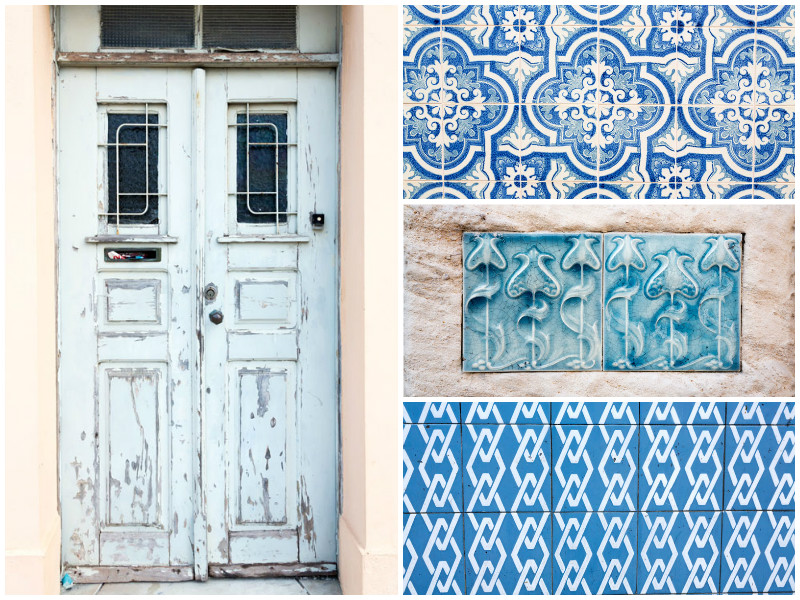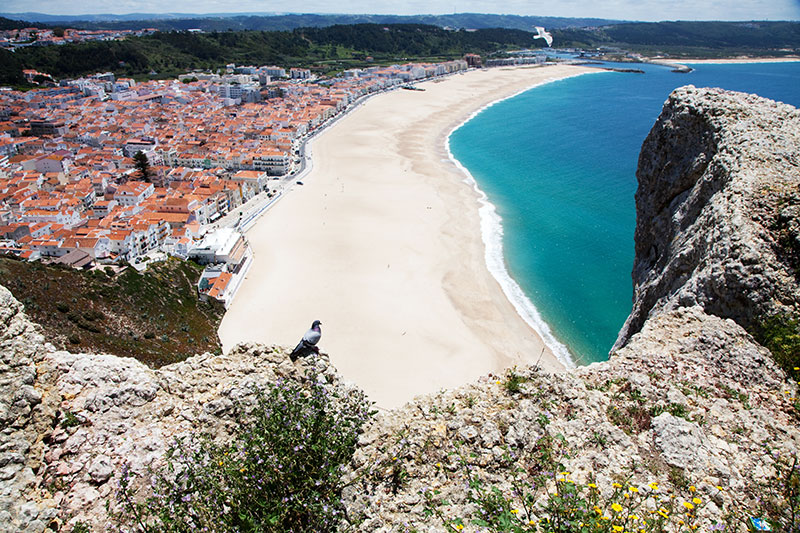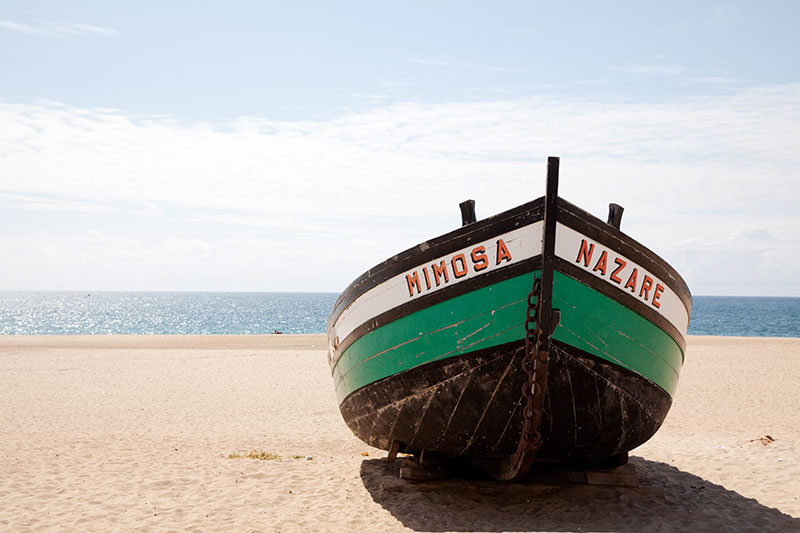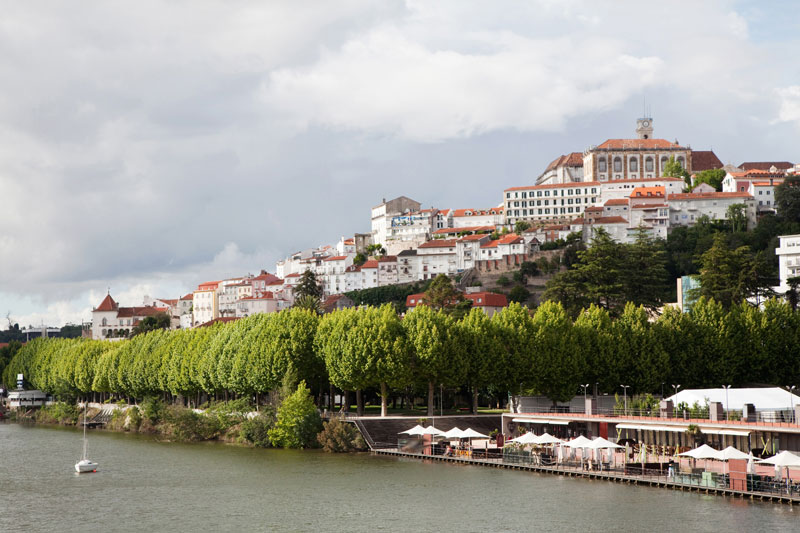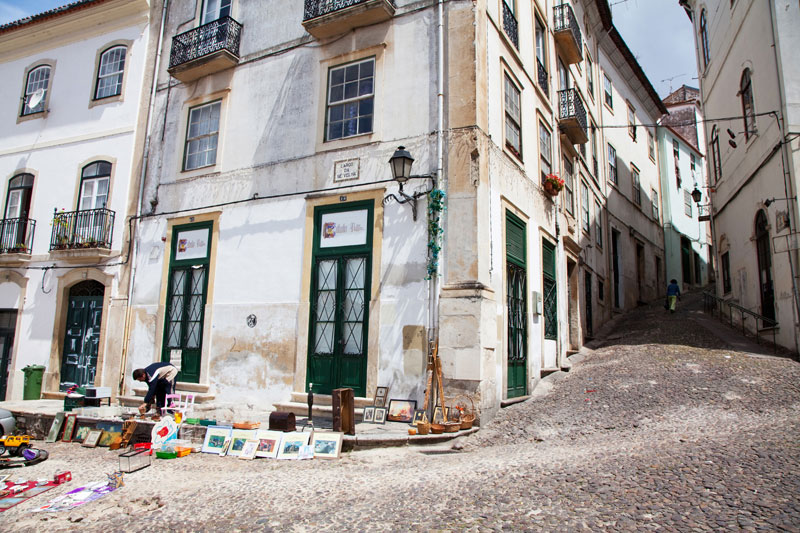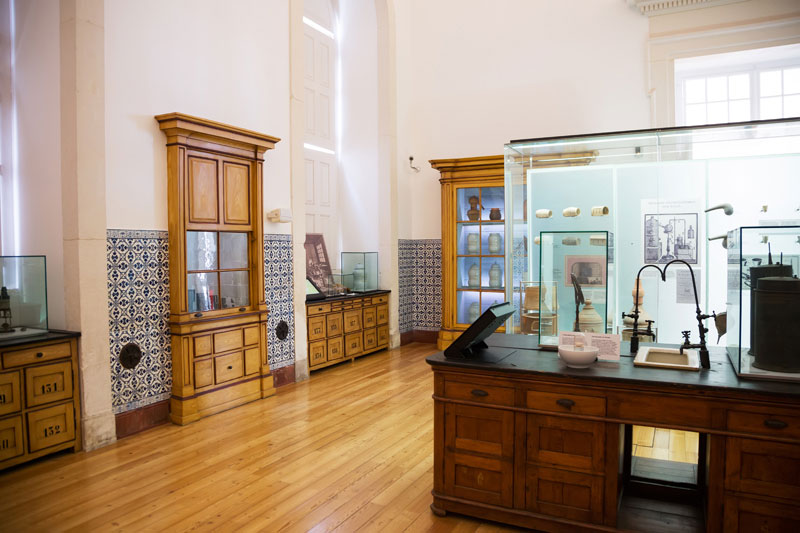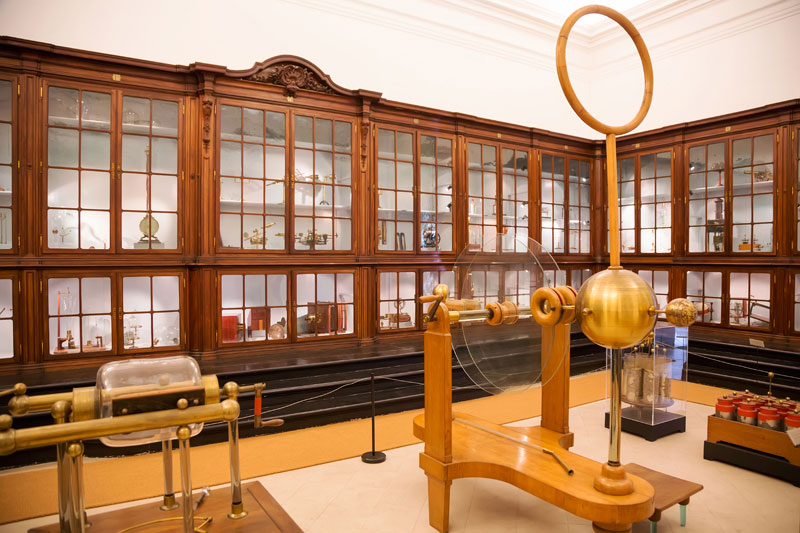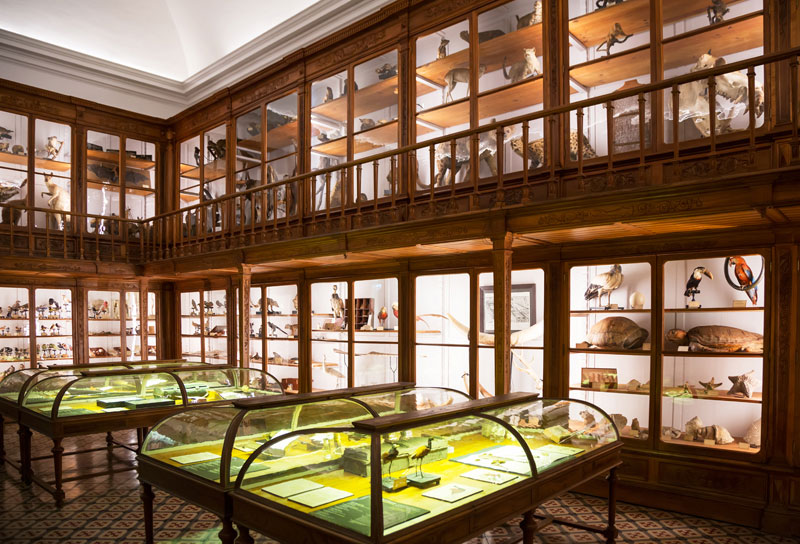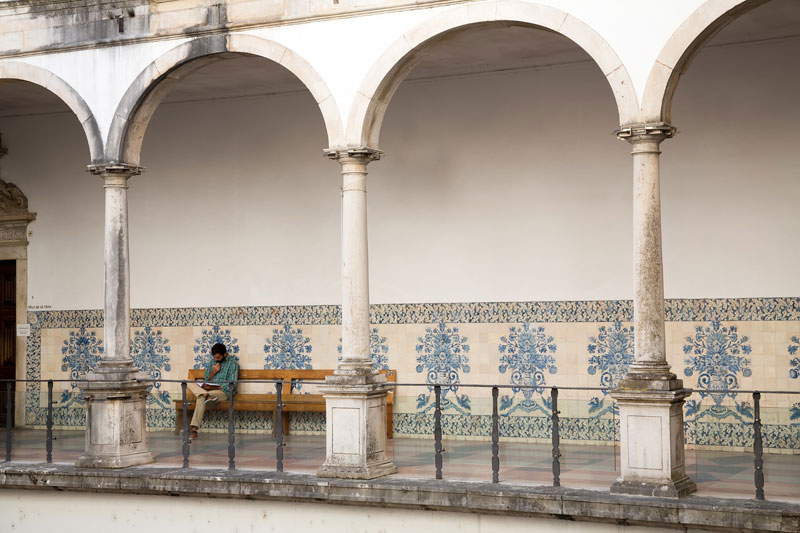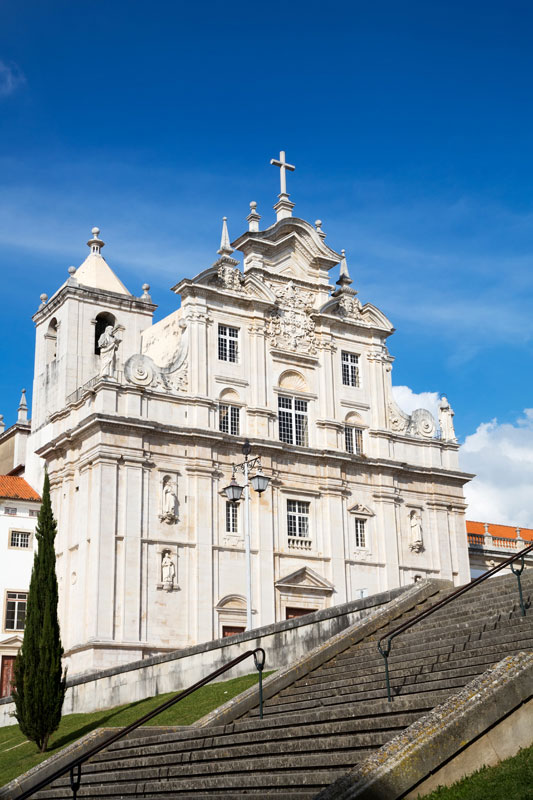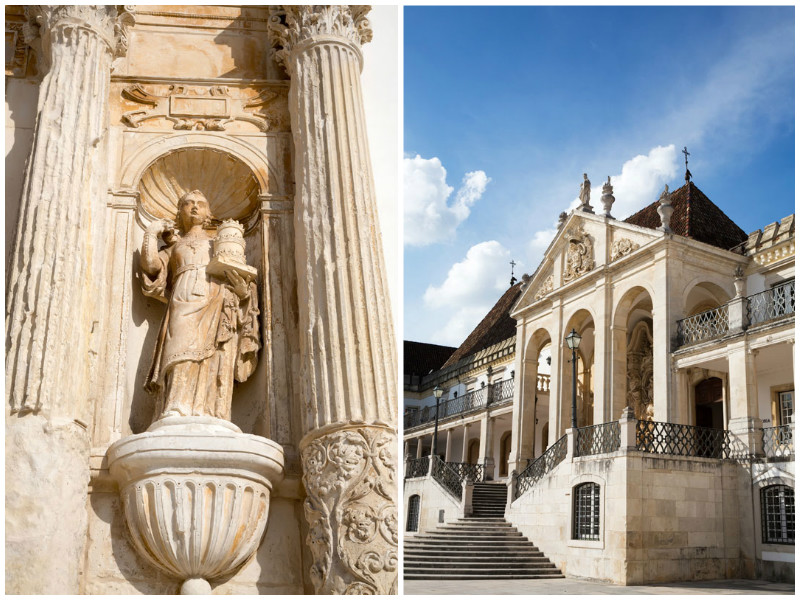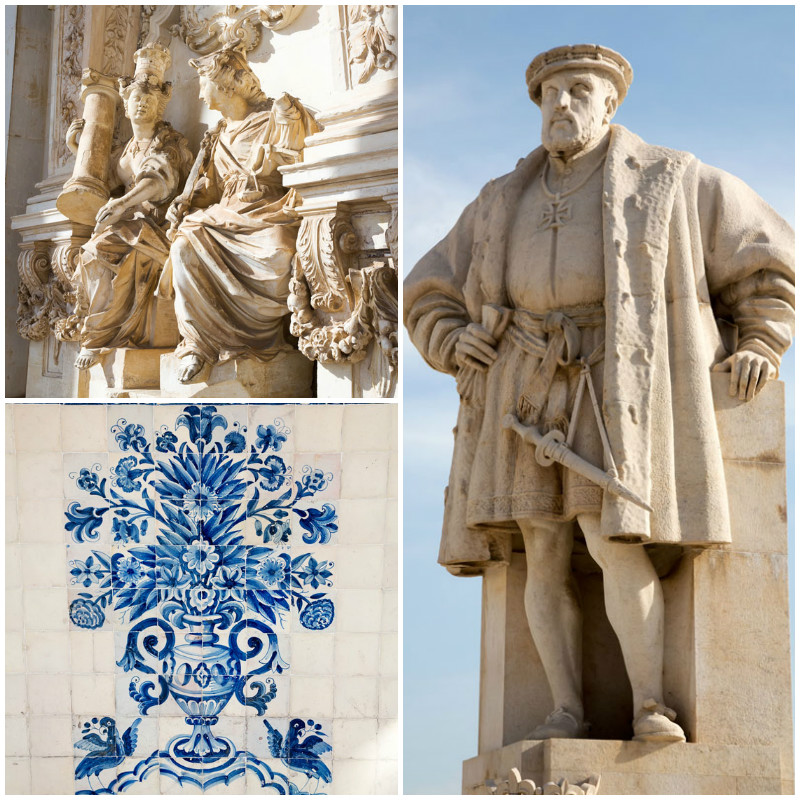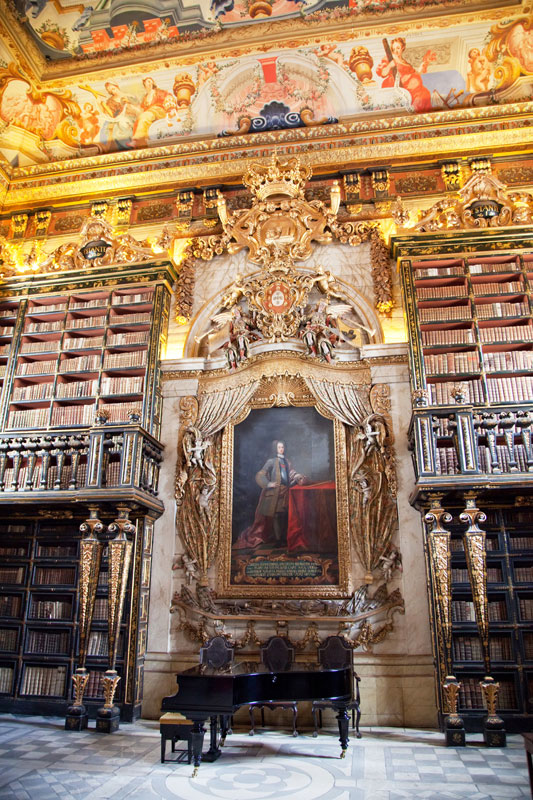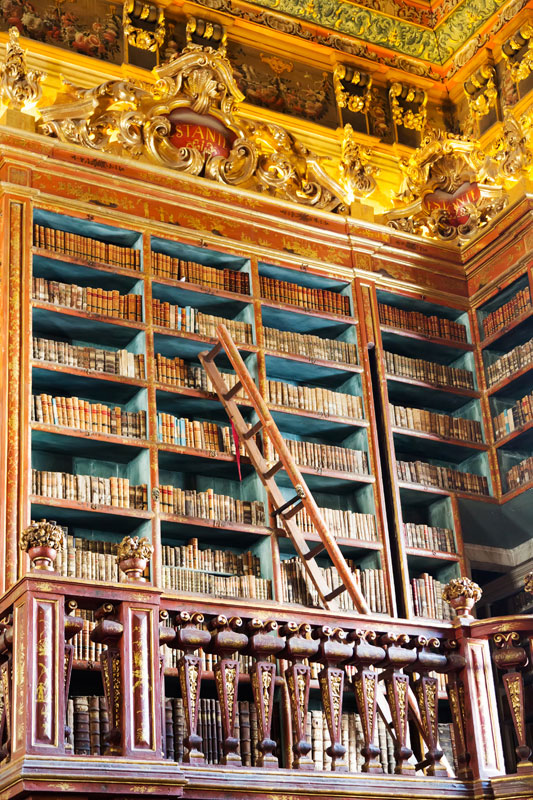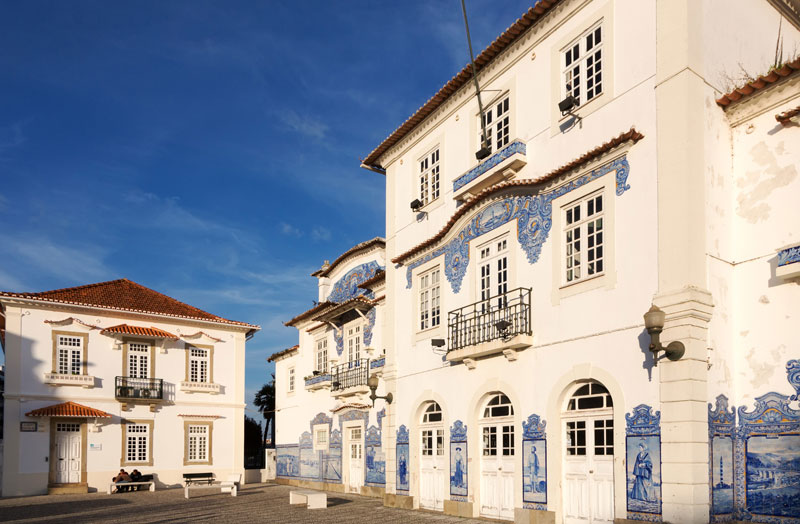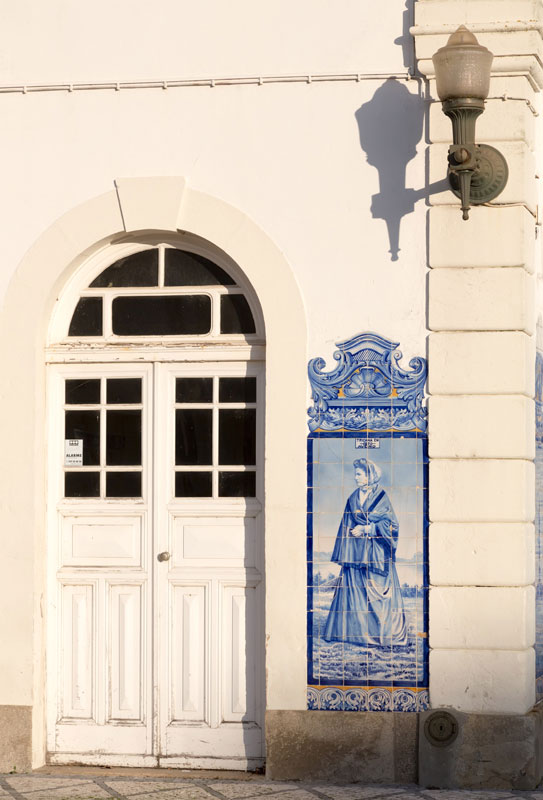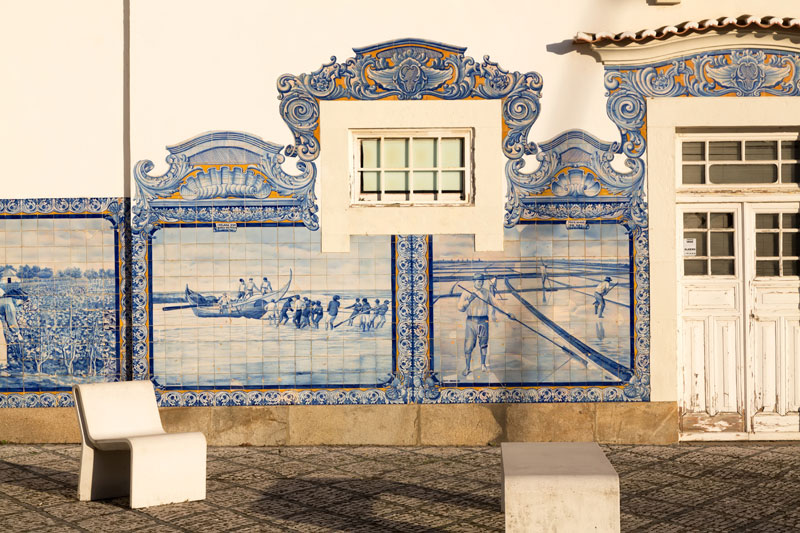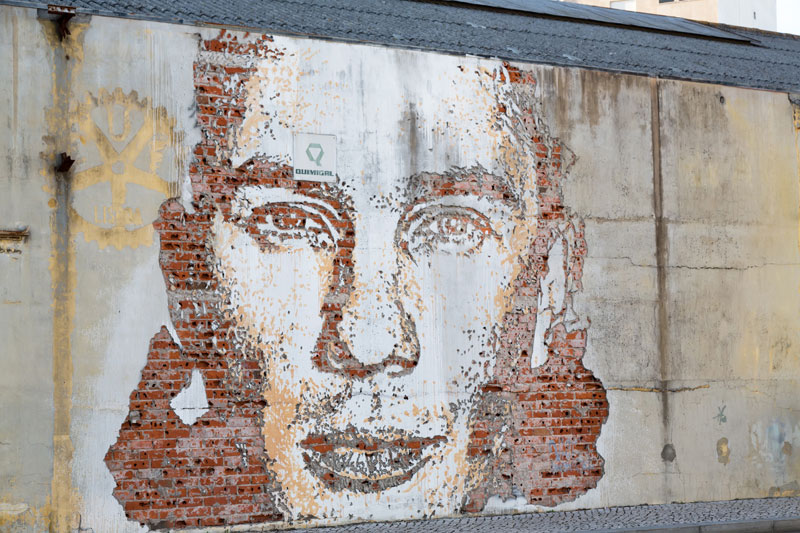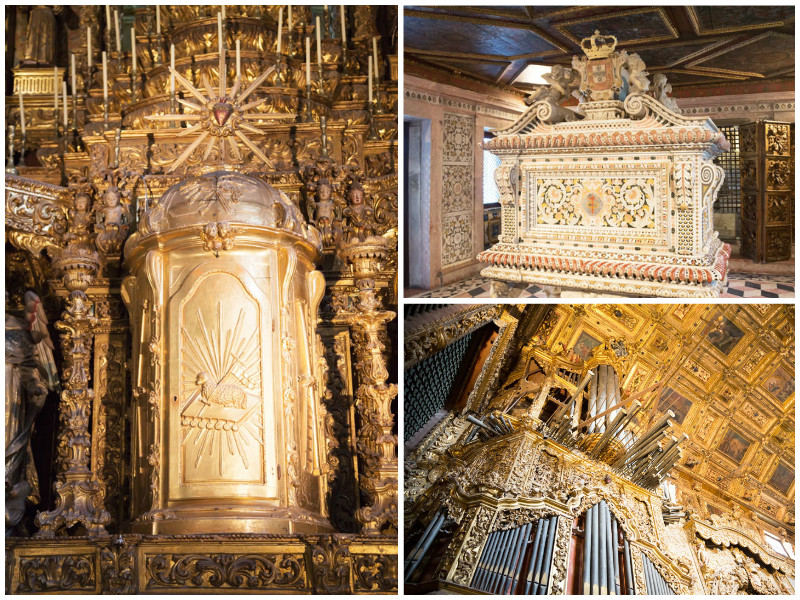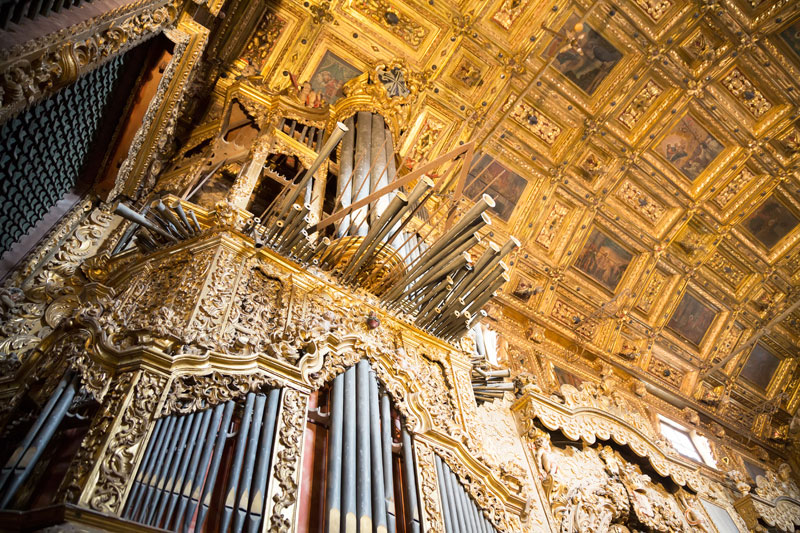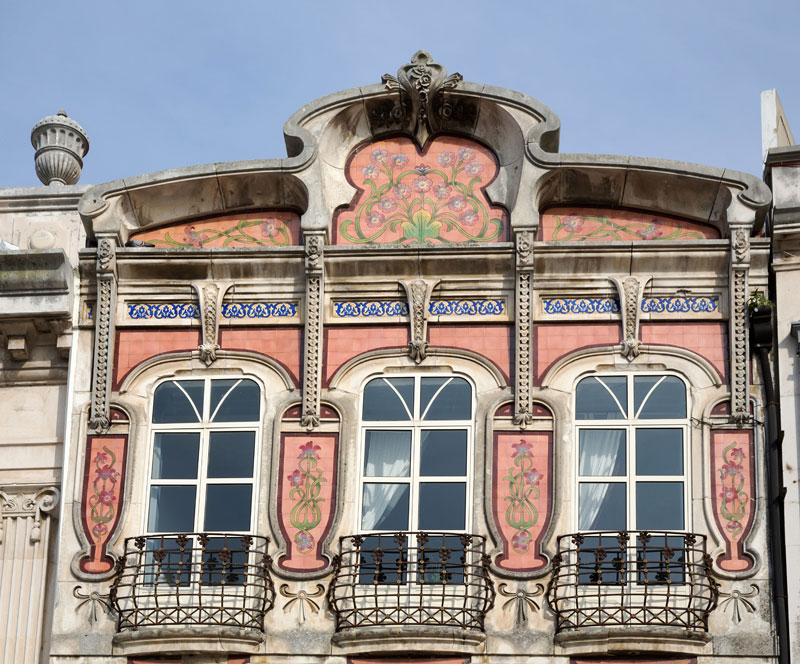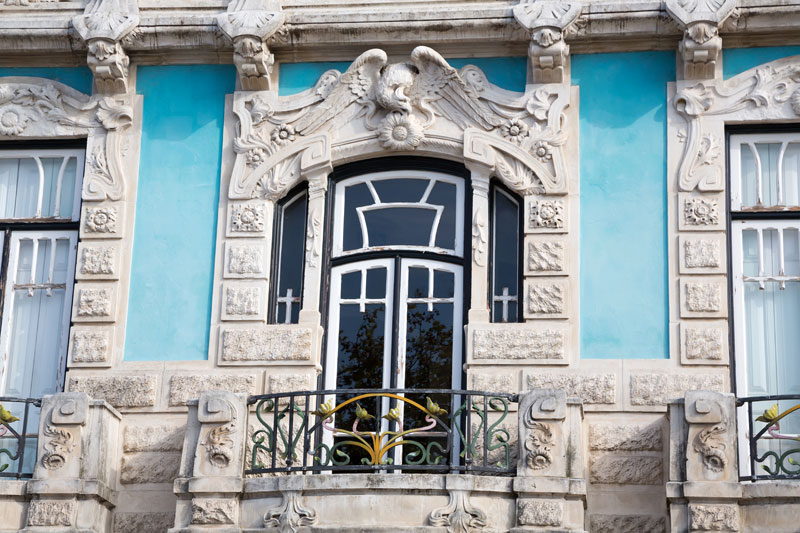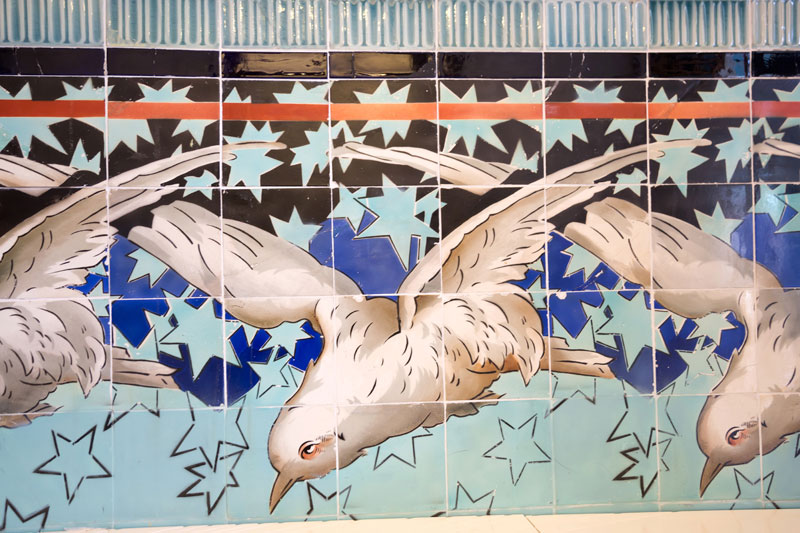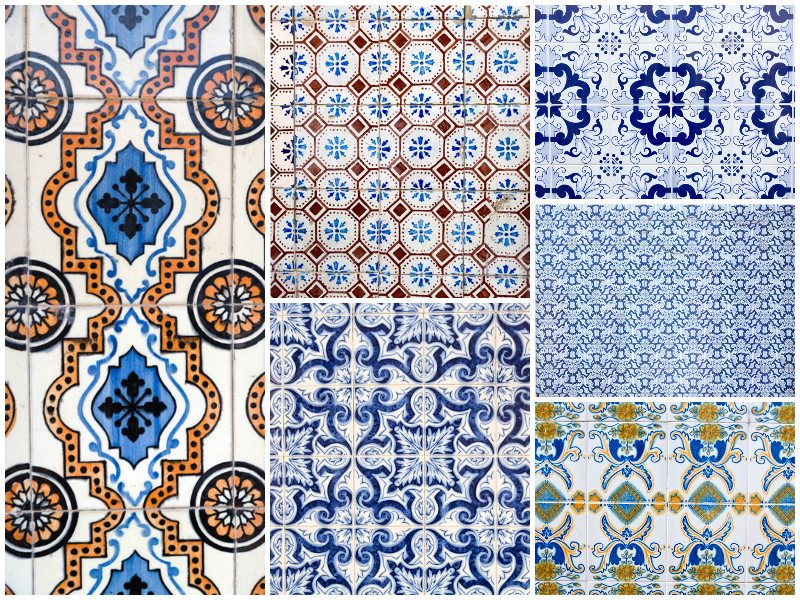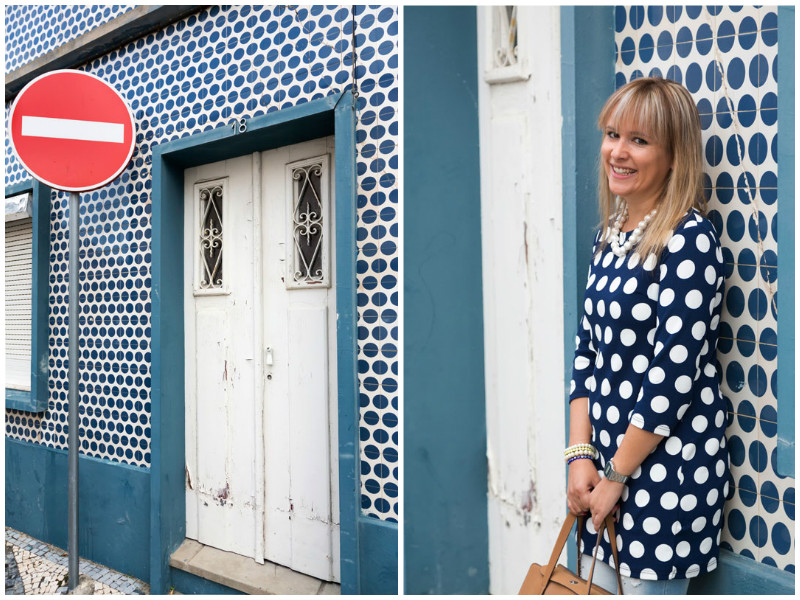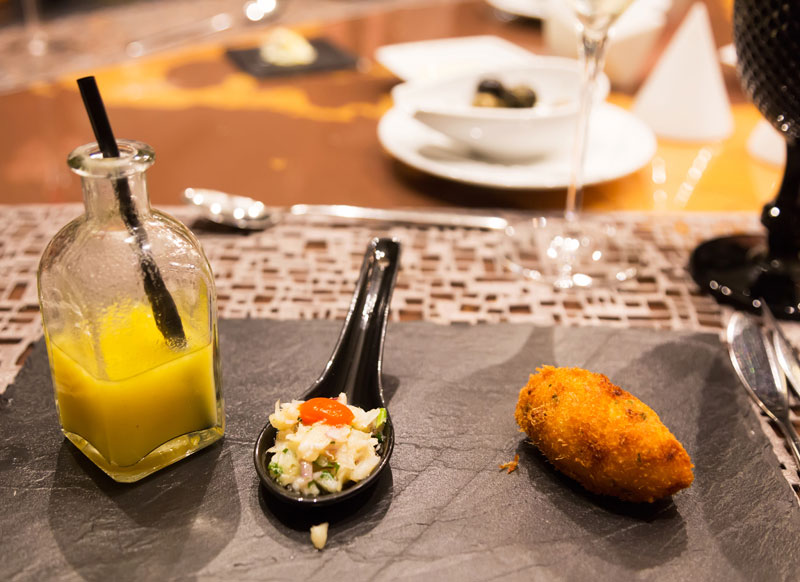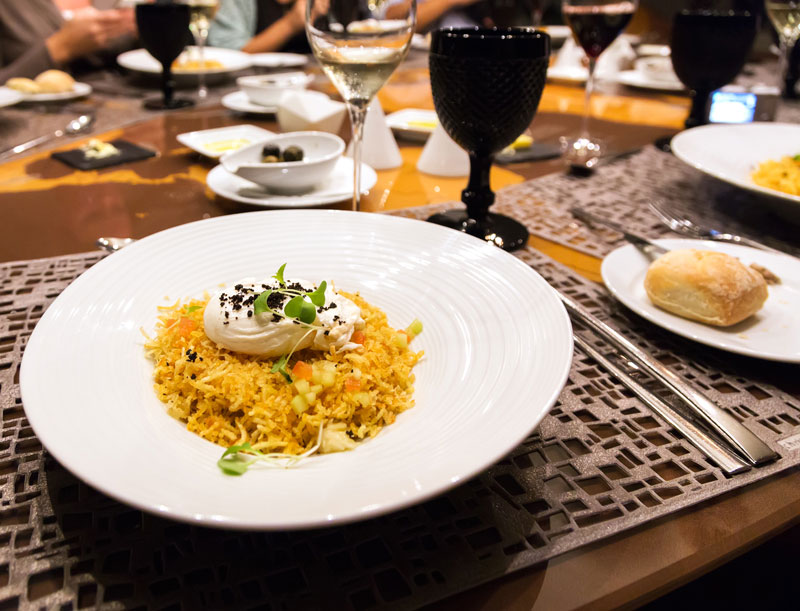The azulejos route takes me further into Centro de Portugal. I discovered two beautiful cities: Coimbra, the oldest university town, and Aveiro or the ‘Venice’ of Portugal.
On my way to Coimbra
The drive from Obidos to the university city of Coimbra via the district of Leiria is about 200 kilometres. Luckily it offers a variety of possible stops. Nazaré, for instance, is a famous fishing port of Portugal. But it also provides a beautiful sandy beach where the catch of the day – mostly sardines, squid and sea bass – is traditionally hanging on wooden racks to dry. From Sítio, the old city centre builds high on the rocks, the panorama of the majestic bend in the Atlantic ocean is breathtaking. And in the season, the local restaurant Casa Pires “A Sardinha” serves the best fresh sardines from the grill. Definitely stop here!
Romantic fado
The hilly city of Coimbra, which was Portugal’s capital under King Afonso Henriques, is an old, but with 22,000 students also a young city. The walk through the small streets and over ancient steps of the old Cidade Alta to the modern docks on the banks of the Mondego River offers the same contrast.
Above dominates the university. After Bologna and the Sorbonne, it’s the oldest in the world (1290 AD). This was the historical heart for centuries. The abundance of impressive buildings makes me feel small and insignificant. The old chemical laboratory is now open to the public. Here you can admire the ancient chemistry and physics instruments. They are works of art in themselves because the students of rich origin more or less demanded that the tools that they were doing research with would be aesthetically pleasing. They succeeded. There are also rooms full of stuffed animals and skeletons. You can just step into the belly of a giant whale!
Studying in a palace
The oldest part of the university is housed in a royal palace, Alcáçova, that in the 16th century was converted into a temple of science. In the 18th century, it was decorated with bombastic baroque. The central square of the old university, with the Goat Tower, is the symbol of the university and the city. It got its nickname goat tower because students think it chimes sounds like a bleating goat.
Flamboyant library
The highlight for me is the flamboyant baroque Biblioteca Joanina. The library with its gilded woodwork and trompe l’oeil ceiling paintings is said to be one of the most beautiful in the world, along with the one in Milk (Austria). And rightly! The books are well protected in the library. The more than two meter thick walls ensure that the temperature remains constant and the wood they used absorbs any excess moisture. There is even a colony of bats that eat the insects! Because really, it would be a shame if insects would eat the first edition of Os Lusíades, the ode of the great poet Camões to Vasco da Gama, the famous Portuguese explorer.
Serenade for Lovers
Coimbra is also the city of the romantic fado, sung exclusively by men as a serenade for the woman they love. Quite a contrast to the melancholic fado in Lisbon, which is mainly about saudade, the painful longing for something beautiful that does not come back. During the festivals at the beginning and the end of the academic year, everyone in Coimbra is out on the streets to hear the students sing on the steps of the cathedral. But who wants to see the singers perform in capa e Batina, the black academic costume, on other days, there are always performances somewhere in the city.
The tiles of Aveiro
That Aveiro, halfway between Coimbra and Porto, is called ‘Venice of Portugal’, is perhaps somewhat exaggerated, but understandable. The city is built on the edge of a lagoon, and the centre is full of canals.
The superb station building
More than Coimbra, Aveiro is a city of tiles. The station with its blue azulejos, for example, is impressive. The tableaux show the professions and crafts that were practised in the region, as well as the traditional clothing worn by the working class. Opposite the station, I find a beautiful piece of modern street art: a huge head on the wall made with a particular technique.
After that I dive back into history. The Aveiro museum is full of religious artworks. The accompanying church is a strong example of splendor with, of course, the well-known blue-and-white tiles, but above your head it is gold leaf that shines.
Art Nouveau houses in Aveiro
Strolling through the city I’m surprised to see some impressive Art Nouveau houses along the quays. There is even a museum where tiles in Art Nouveau style can be found. Exceptionally beautiful. Nearby is the old fisherman’s neighbourhood with lovely little houses tiled from floor to roof. Nice and colourful. Of course, it’s here where you find the fish market.
In a city so closely linked to the sea, I always eat a lot of fish. And in Portugal that often means bacalhau. At sunset, I take a trip with a moliceiros, a traditional boat that was used to transport algae. After the tour through the canals, the captain drops me off at Salpoente, my restaurant for that evening. What a great choice. The traditional dishes are presented in a modern way without renouncing the Portuguese origin. It became late that night.
This is the second part of my tour through the Center of Portugal. Previously I visited Caldas da Rainha, the ceramics capital of Portugal. Here I also learned about the petiscos, the Portuguese answer to the tapas. And I got hooked.
